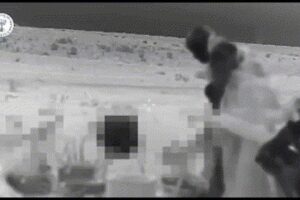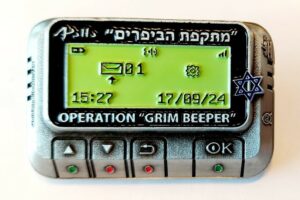What places do you consider most holy and special? Why?
The nation of Bahrain is home to a variety of sites of great historical and cultural value. The region has been inhabited for thousands of years by many different cultures. There are holy sites to multiple religions, natural wonders, and historical places that can be experienced when visiting Bahrain.
- Al-Fateh Grand Mosque, Manama: This beautiful mosque is one of the largest in the world. It was built in 1987 in honor of Sheikh Ahmed Bin Muhammad Bin Khalifa. It was constructed from materials from all around the world, with marble from Italy, glass from Austria, and wood from India. In 2006 the National Library of Bahrain was moved inside the mosque, where thousands of rare books are held.
- Al Khamis Mosque, Manama: This is the oldest mosque in Bahrain, initially constructed in 692, it has been rebuilt several times throughout the centuries. Its signature feature is a pair of identical minarets.
- Siydai Mosque, Muharraq: This mosque is part of the Siyadi complex, a group of buildings constructed by Bahrain’s most influential family of pearl merchants. They constructed the mosque in 1865, it has elaborate decorations typical for the pearling era of Bahrain. The mosque is part of the Bahrain pearling trail, a noted UNESCO World Heritage Site.
- Bahrain Synagogue, Manama: Bahrain is one of the only Arab countries in the Persian Gulf that has a synagogue. The synagogue is a small unmarked building in a commercial district. It was built in the early 1900s to serve the small Jewish community in Bahrain. The Jewish community peaked at 1,500 and has diminished to only a handful. At times the synagogue fell into disuse, but in recent years has seen it being used again.
- Saint Christopher’s Cathedral, Manama: This Awali Anglican Church was built in 1953. Anglicans first came to Bahrain as part of missionary trips in the 1860s. The community slowly grew, and they eventually secured the money and resources to build a church. In the 1980s the church was elevated to the rank of cathedral.
- Matam Ajam Al Kabeer Mosque, Manama: This beautiful mosque blends Persian and Arabian architectural. The outside of the mosque is covered in blue tiles inscribed with quotes from the Quran.
- Qal’at al Bahrain/the Fort of Bahrain, Karbabad: This archaeological site is a UNESCO World Heritage Site. This area of the site was occupied from 2300 BC to the 1500s AD, different civilizations literally building on top of each other. The oldest constructions were mounds built by the ancient Dilmun empire, the most recent is that actual fort itself which was made by the Portuguese. The site was also occupied by the Greeks, Kassites, and Persians. Antiquities uncovered here have offered important historical information on eras as far back as the bronze age.
- The Tree of Life: Also known as the Sharajat-al-Hayat this 32-foot-tall mesquite tree has thrived in the middle of a remote desert. Despite there being no visible water source, this tree has lived for over 400 years. There is no definitive explanation of how the tree has been able to survive. Some believe that the ancient god Enki protects it while others say it marks the spot of what was once the Garden of Eden.
- Barbar Temple, Barbar: The ruins of several ancient temples have been found in the village of Barbar. The ruins range in age from 3000 BC to 2000 BC. They are believed to be part of the ancient Dilmun culture. The temples contained multiple altars and had natural water springs. It is believed that they were constructed to worship Enki, the god of wisdom and fresh water.
- Bab Al Bahrain, Manama: This building is located at the entrance to the main souq (market) in Manama. The building was constructed in 1949 and once served as the offices of many of the city’s government agencies. The building’s most famous feature is the double archway through which visitors can access the sprawling marketplace.




